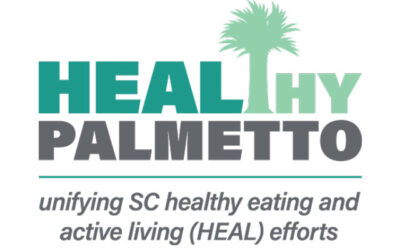Find SC Certified farmers markets, roadside markets, and other great agricultural resources around the state, including contact information for partnerships and media interviews.
PSE Strategies
County Profiles Dashboard
The SCDHEC website features interactive maps that highlight county-level data related to health and environmental conditions.
SC FitnessGram
SC FitnessGram is a statewide movement to evaluate and improve health-related fitness among public school students in South Carolina. State and local data reports are available.
Division of Nutrition, Physical Activity, and Obesity Prevention
The Division aims to improve access to healthier foods and opportunities for daily physical activity through policy, systems, and environmental approaches. Learn more about their work.
Live Healthy South Carolina
Access the South Carolina State Health Improvement Plan, community feedback used to create the plan and data related to all of the priority areas.
Healthy Palmetto
Healthy Palmetto is the state coalition of organizations that collectively addresses healthy eating, active living, and healthy weight for the SC State Health Improvement Plan. Access fact sheets and other data related to all of their priorities and partners involved in this work.
Refresh & Reclaim: A Boundaries & Self-Care Workshop
In this interactive and introspective workshop, participants will examine the importance of the relationship between values-based healthy boundaries and a comprehensive self-care regimen. Using research-based information as a guide, participants will identify specific...
From Partnerships to Policy: Promising Practices for New Food Policy Councils
From Partnerships to Policy: Promising Practices for New Food Policy Councils
The Healthy Teacher
Teachers across the United States feel the pressure to perform their job at the highest level while managing a classroom, varying student behaviors and administrative responsibilities. Teachers need outlets to manage the stress, but where do they start? The Healthy...







